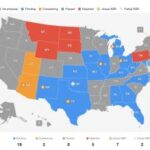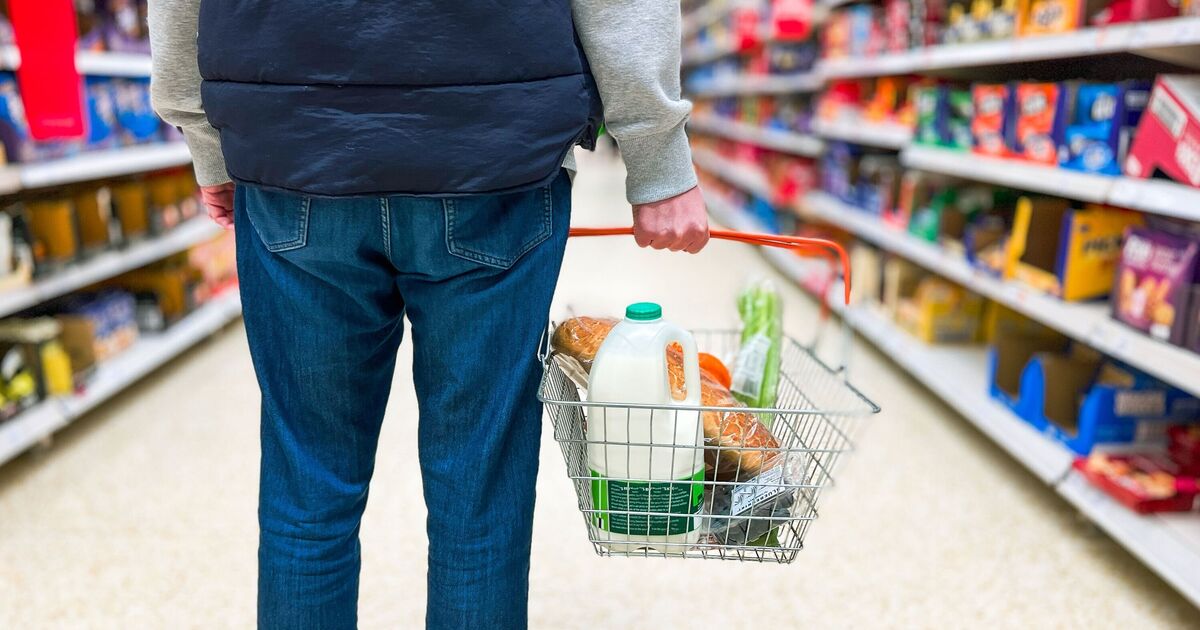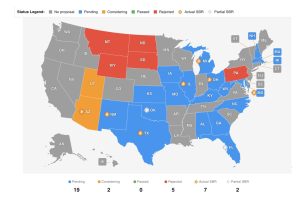
Despite a surge in grocery price inflation, December saw the highest supermarket activity since the pre-lockdown rush in March 2020, according to new data.
A new analysis by Kantar shows average household spending on take-home groceries reached an all-time high of £460 this Christmas, as inflation across supermarkets escalated from 2.6% in November to 3.7% – the steepest level since March.
The typical household made close to 17 separate supermarket visits in December. Grocery sales exceeded £13billion over the four-week period for the first time ever, with prices rising fastest for items such as chilled smoothies and juices, chocolate, confectionery, and skincare, while decreasing for dog food, cat food, and household paper products.
Fraser McKevitt, head of retail and consumer insight at Kantar, commented: “In contrast to reports of disappointing footfall across the rest of the high street, it was a very different story in the world of grocery.”
He added: “As anticipated, Monday 23 December was the most popular shopping day of the year, with sales a whopping 30% higher than any other day during 2024.”
Branded goods saw a sales growth acceleration to 4.2% as consumers indulged in festive treats, while premium own-label lines soared by 14.6%. Sales of sparkling wine and Champagne increased by 4.4% to a total of £187million throughout the month, but 11% of the population opted for a no or low alcohol drink, up from less than 10% the previous year.
Mr McKevitt said: “We’ve all got our own festive favourites, but it seems that age differences come into play too.”
“Under-45s are far more likely to pick up a sausage roll, and they also go for a slightly more Mediterranean spin, being the most likely to reach for panettone as well as antipasti and party food as part of their Christmas shopping.”
“Meanwhile, over-45s account for the majority of Christmas cake and fortified wine sales. The seasonal biscuit, however, knows no bounds, appealing across the generations.”
Tesco emerged as Britain’s grocery giant with a 5% boost in sales during the 12 weeks leading up to December 29 and achieving its largest market share gain, rising by 0.8 percentage points to secure a dominant 28.5%.
Sainsbury’s notched up its highest market share since December 2019 at an impressive 16%, with their sales outpacing the market growth at 3.5%.
Morrisons witnessed a modest uptick in sales by 0.4%, holding an 8.6% market share, whereas Asda bagged 12.5% of the grocery market.
The discount duo, Lidl and Aldi, enjoyed a cracker of a Christmas season with record market shares of 7.3% and 10% respectively. Notably, Lidl saw the quickest increase in shopper numbers, witnessing a significant 6.6% surge at the checkout.
Waitrose maintained its market presence with a steady share of 4.6%, experiencing a 2.1% rise in expenditure, whilst Marks and Spencer relished an 8.7% bump in food and drink transaction volumes.
E-commerce forged new records with £1.6billion spent online in December alone, propelling Ocado to a sprightly 9.6% leap in sales throughout the 12-week period and edging its market share to 1.8%.
Rising shop prices are expected to place further strain on household budgets this year. After a period of decline through much of 2023, food prices began rising in September 2024, and the trend shows no signs of slowing.
Major UK retailers, including Tesco, Sainsbury’s, and Marks and Spencer, have cautioned that higher employer National Insurance contributions (NICs) announced by Chancellor Rachel Reeves will drive up costs, which are likely to be passed on to consumers in later months.


















